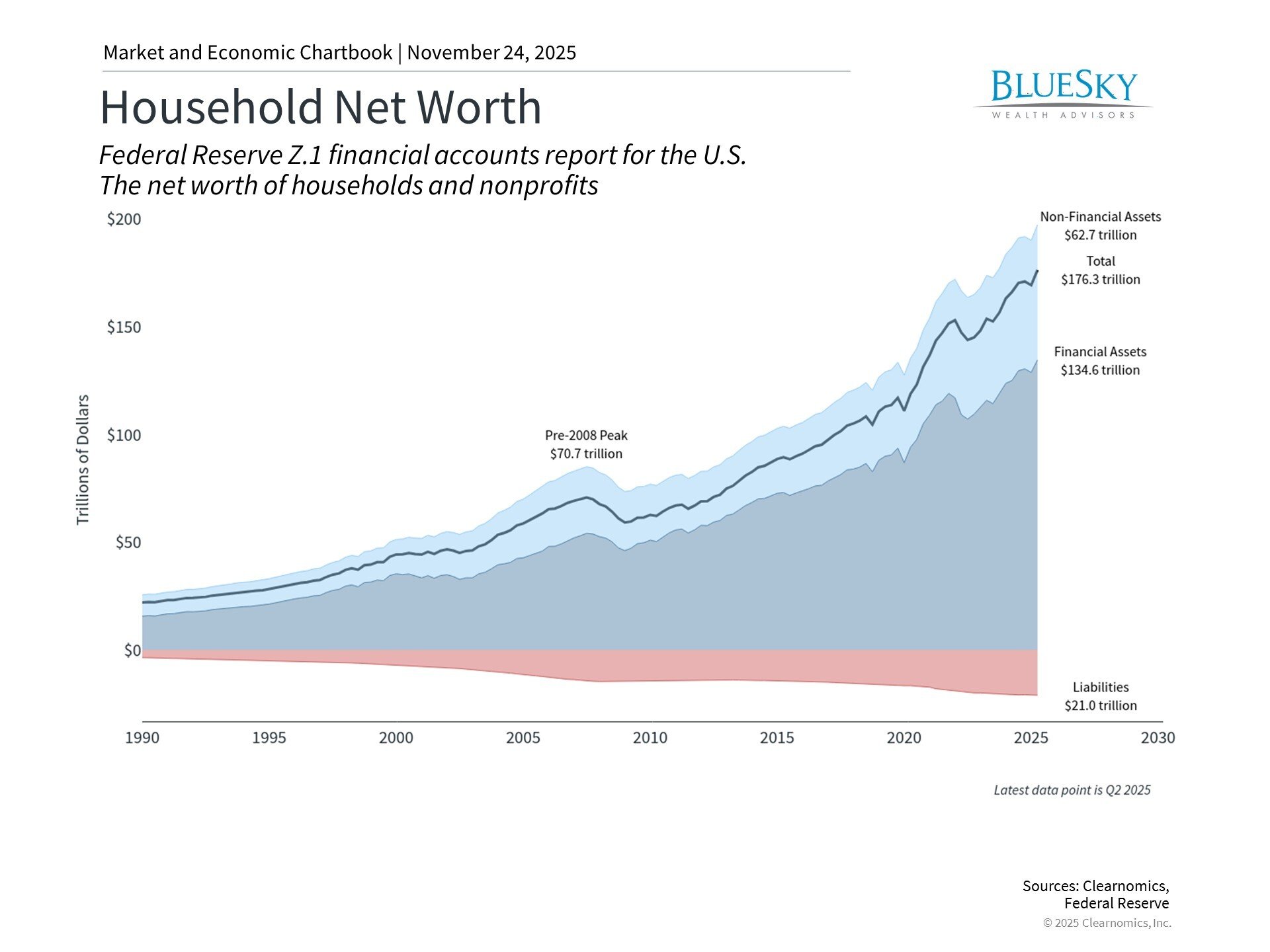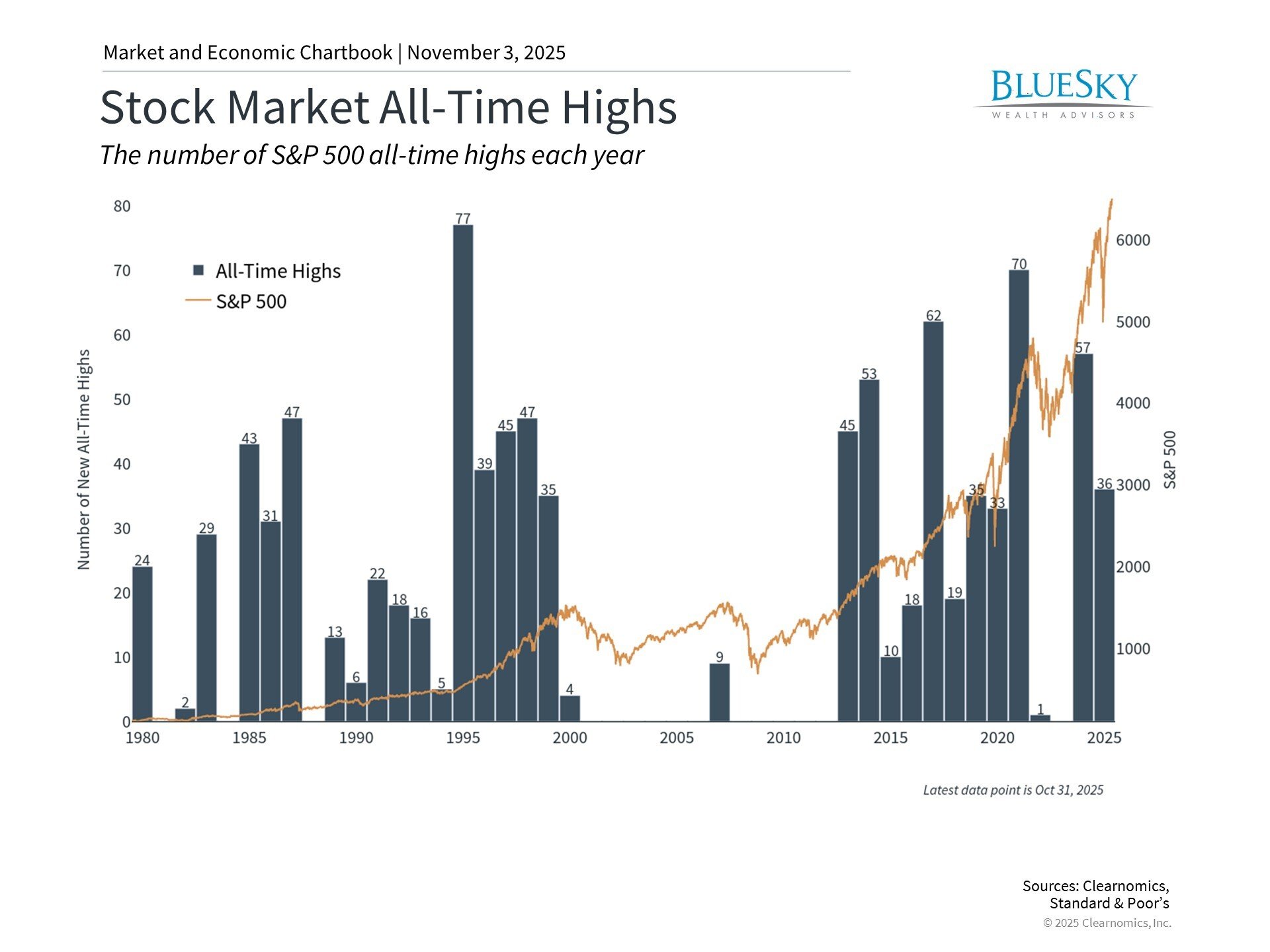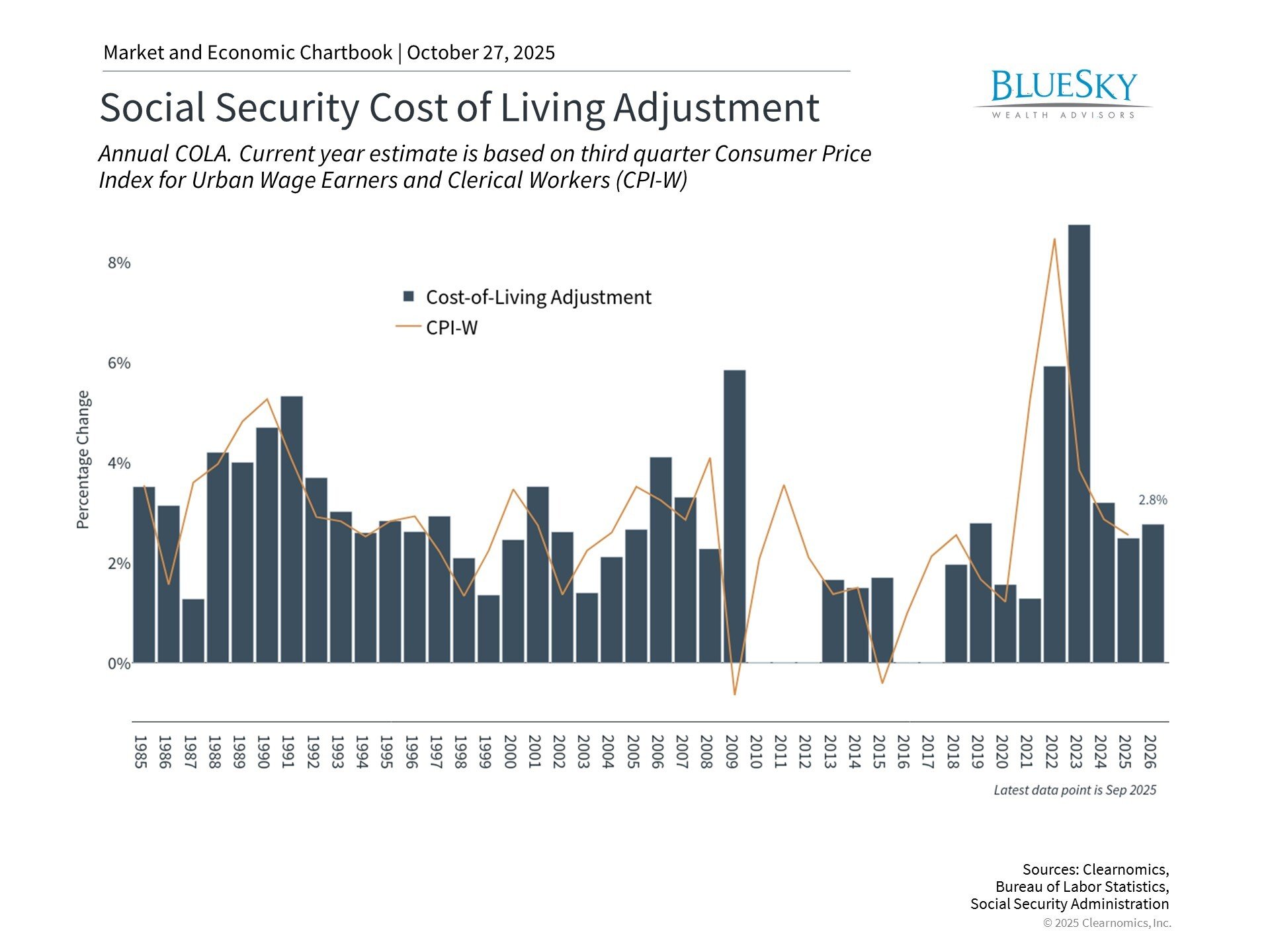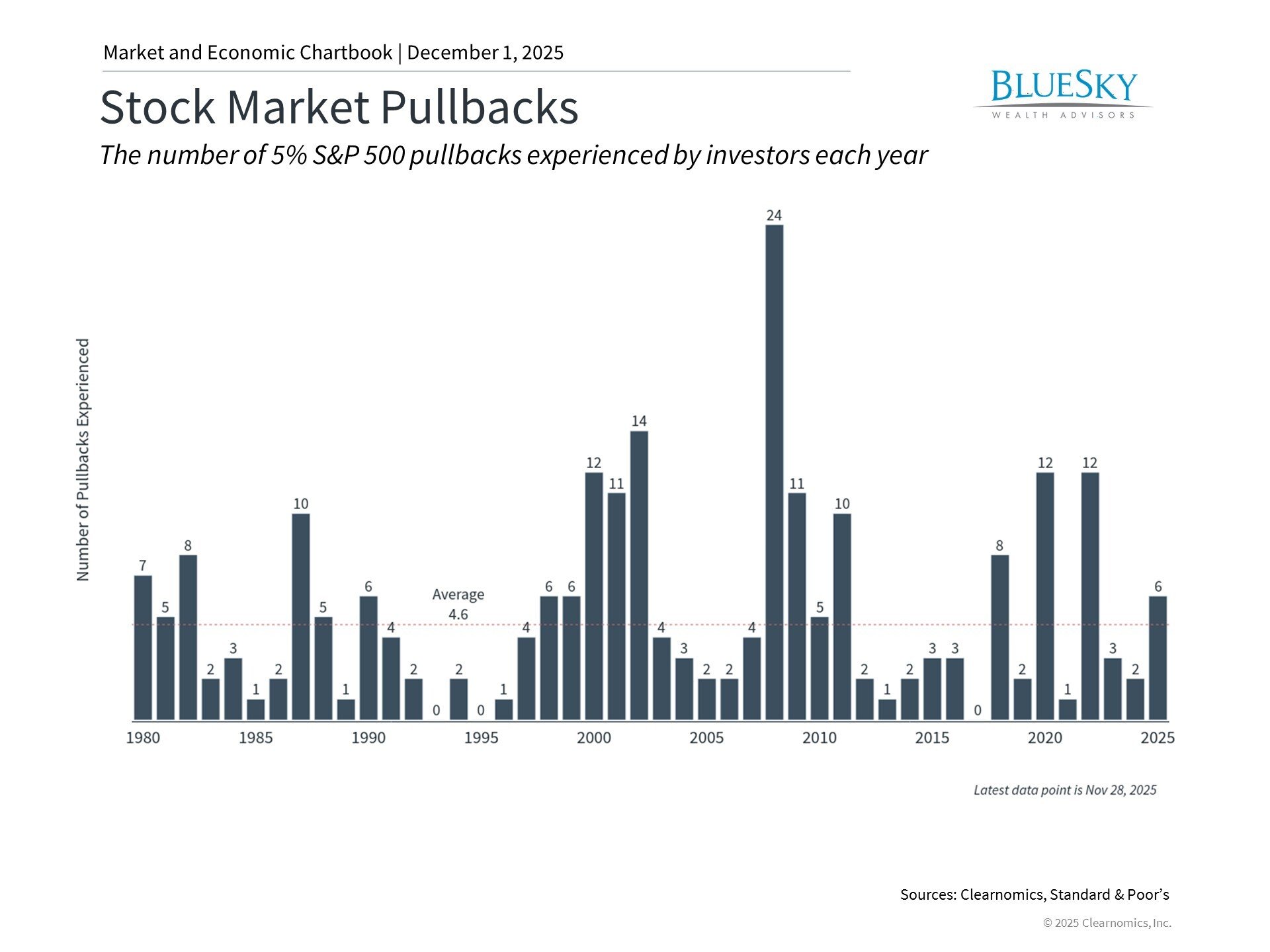
INVESTMENT SHOCK ABSORBERS
INVESTMENT SHOCK ABSORBERS
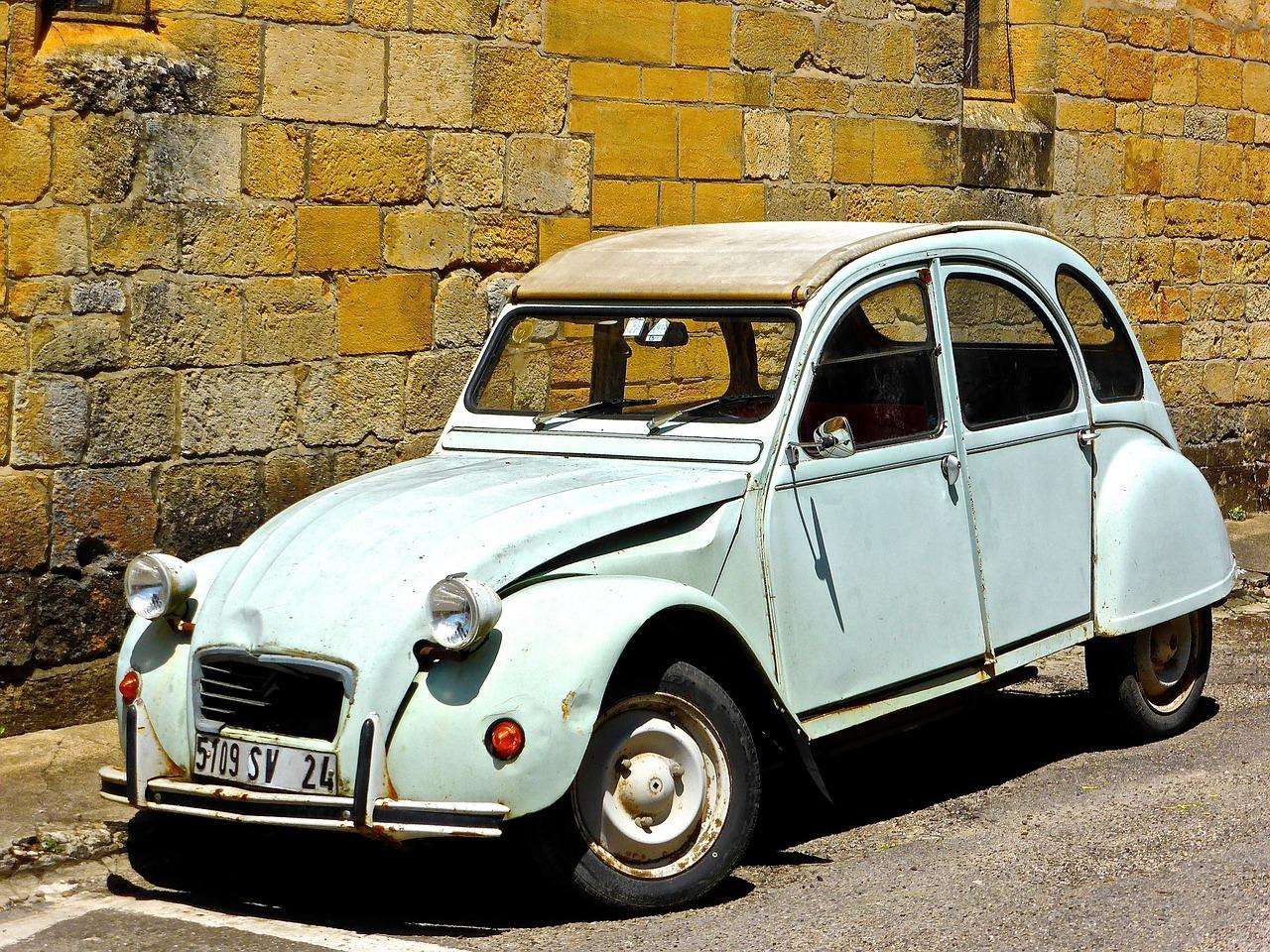
Ever ridden in a car with worn-out shock absorbers? Every bump is jarring, every corner stomach-churning, and every red light an excuse to assume the crash position. Owning an non-diversified portfolio can trigger similar reactions.
In a motor vehicle, the suspension system keeps the tires in contact with the road and provides a smooth ride for passengers by offsetting the forces of gravity, propulsion, and inertia. You can drive a car with a broken suspension system, but it will be an extremely uncomfortable ride and the vehicle will be much harder to control, particularly in difficult conditions. Throw in the risk of a breakdown or running off the road altogether and there’s a real chance you may not reach your destination.
In the world of investment, a similarly bumpy and unpredictable ride can await those with concentrated and undiversified portfolios or those who constantly tinker with their allocation based on a short-term rough patch in the markets. Of course, everyone feels in control when the surface is straight and smooth, but it’s harder to stay on the road during sudden turns and ups and downs in the market. And keep in mind the fix for your portfolio breaking down is unlikely to be as simple as calling a tow truck.
For that reason, the smart thing to do is to diversify, spreading your portfolio across different securities, sectors, and countries. That also means identifying the right mix of investments (e.g., stocks, bonds, real estate) that aligns with your risk tolerance, which helps keep you on track toward your goals. Using this approach, your returns from year to year may not match the top performing portfolio, but neither are they likely to match the worst. More importantly, this is a ride you are likelier to stick with.
Just as drivers of suspensionless cars change their route to avoid potholes, people with concentrated portfolios may resort to market timing and constant trading as they try to anticipate the top-performing countries, asset classes, and securities. Here’s an example to show how tough this is. Among developed markets, Denmark was number one in US dollar terms in 2015 with a return of more than 23%. But a big bet on that country the following year would have backfired, as Denmark slid to the bottom of the table with a loss of nearly 16%.1
It’s true that the US stock market (by far the world’s biggest) has been a strong performer in recent years, holding the number three position among developed markets in 2011 and 2013, first in 2014, and sixth in 2016. But a decade before, in 2004 and 2006, it was the second worst-performing developed market in the world. Predicting which part of a market will do best over a given period is also tough.
For example, while there is ample evidence to support why we should expect positive premiums from small cap, low relative price, and high profitability stocks, these premiums are not laid out evenly or predictably across the map. US small cap stocks were among the top performers in 2016 with a return of more than 21%. A year before, their results looked relatively disappointing with a loss of more than 4%. International small cap stocks had their turn in the sun in 2015, topping the performance tables with a return of just below 6%. But the year before that, they were the second worst with a loss of 5%.
If you’ve ever taken a long road trip, you’ll know that conditions along the way can change quickly and unpredictably, which is why you need a vehicle that’s ready for the worst roads as well as the best. While diversification can never completely eliminate the impact of bumps along your particular investment road, it does help reduce the potential outsized impact that any individual investment can have on your journey. With sufficient diversification, the jarring effects of performance extremes level out. That, in turn, helps you stay in your chosen lane and on the road to your investment destination.
Happy motoring and happy investing.
Thanks to Jim Parker, “Outside the Flags,” Dimensional Fund Advisors.

